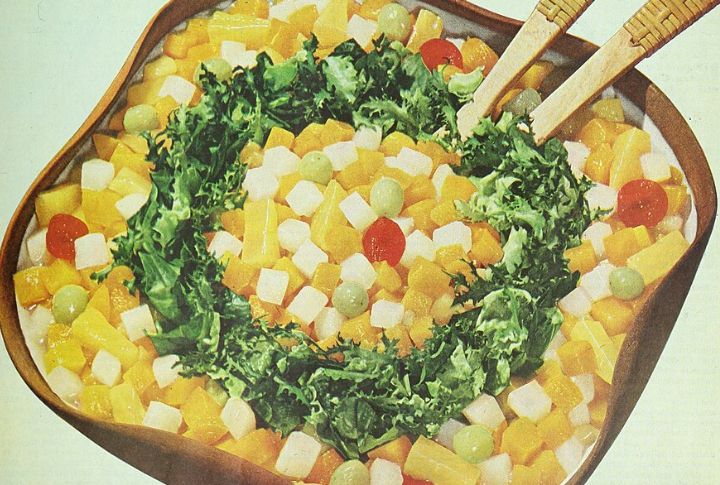
The 1980s brought bold flavors and stranger culinary inventions, many of which haven’t aged well by modern standards. Food trends back then often leaned heavily on artificial ingredients, excessive processing, and a disregard for health and sustainability concerns. While some dishes evoke nostalgia, these 20 are now considered outright cringeworthy or just plain gross.
Spray Cheese
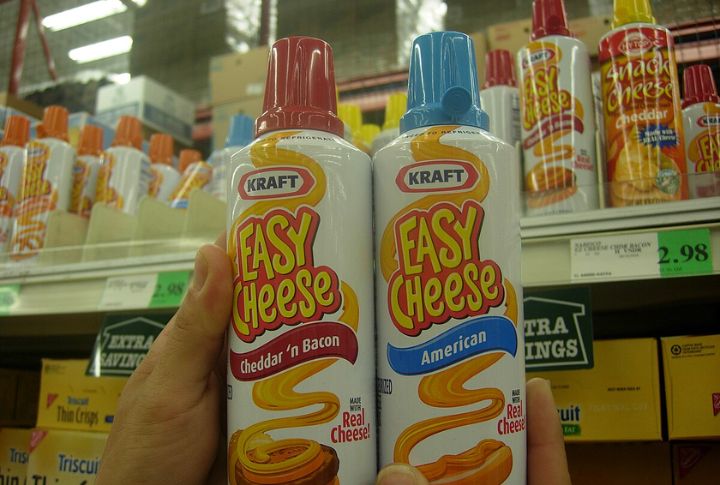
Cheez Whiz and Easy Cheese were 1980s staples, often sprayed directly onto crackers or hot dogs. Laden with artificial color and over 50% oil by weight, these neon-orange spreads barely contained real cheese. Easy Cheese still exists, but today it’s more of a novelty than a pantry item.
Frozen TV Dinners In Foil Trays
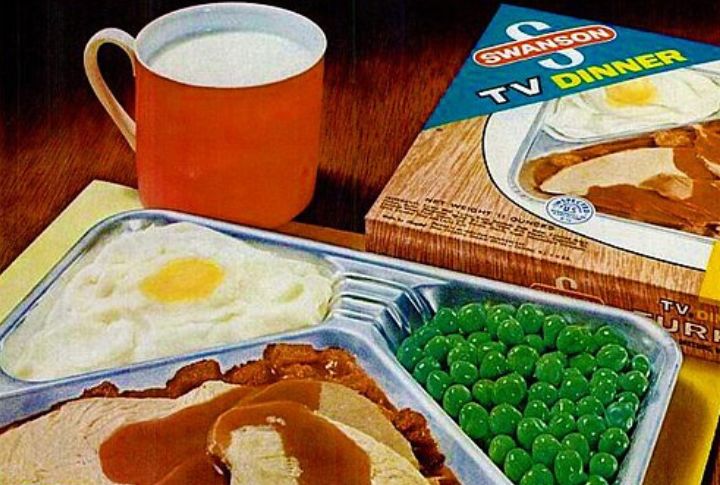
Before microwaves were mainstream, foil-tray TV dinners ruled the weeknight meal. Overcooked peas and watery mashed potatoes were common components. Most options were high in sodium and saturated fat, with little regard for nutrition. Swanson’s original Hungry-Man dinners could top 1,200 calories per tray.
Aspic Molded Meats
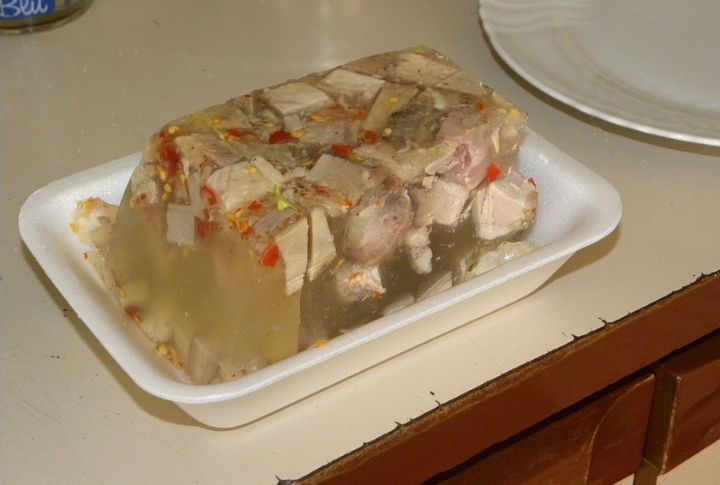
A gelatin-coated loaf of ham and vegetables suspended in aspic once graced holiday tables. The gelatin came from boiled animal bones and hooves, giving it a gluey texture. While once praised for being “fancy,” this jiggling slab of meat jelly now horrifies modern palates.
Blue Raspberry Anything
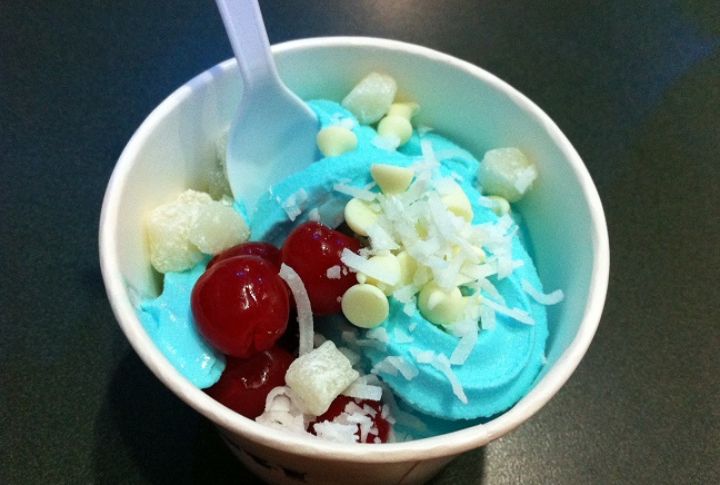
An artificial invention from flavor chemists, blue raspberry didn’t exist in nature but exploded in popularity during the ’80s. Candies, slushies, and even breakfast cereals carried the neon-blue hue. The flavor was modeled on Rubus occidentalis (black raspberry) but colored to stand out from red cherry.
Vienna Sausages In A Can
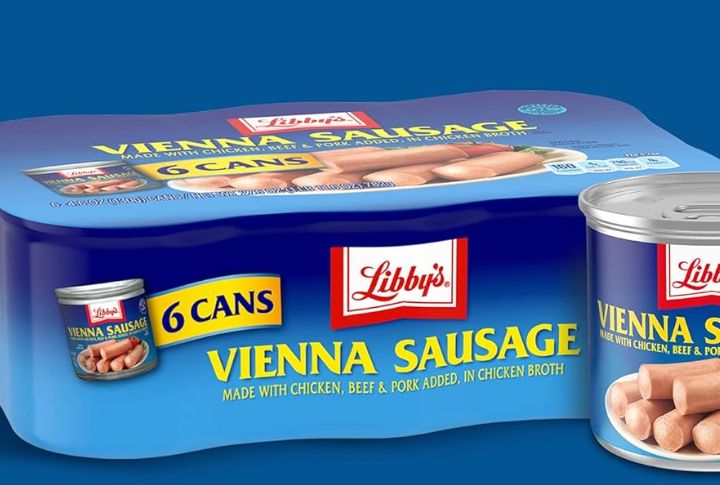
These mini frankfurters were a Cold War-era convenience food that lingered into the ’80s. They were packed in a gelatinized brine, giving them a slimy coating that turned off more than a few kids. Brands like Armour and Libby’s sold millions of cans annually during the decade.
Tang Drink Mix
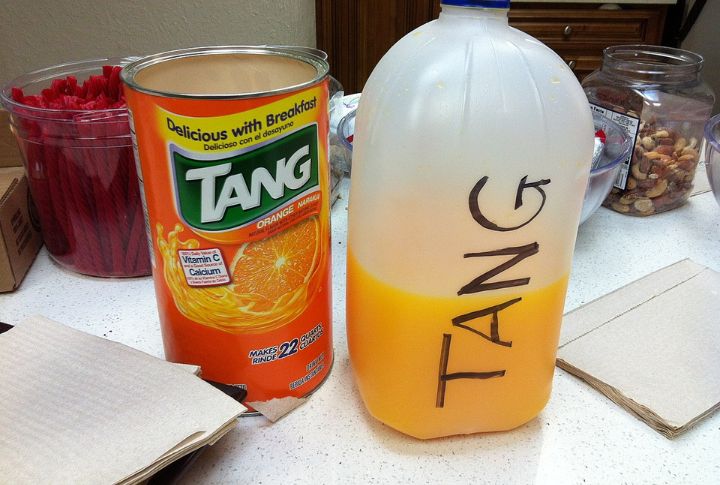
Tang was once the drink of the space age, famously marketed as the beverage of astronauts. But behind the hype, it was mostly flavored sugar with a vitamin boost. Despite its “healthy” image, Tang contained no real fruit juice and was full of artificial flavors and colors. One serving could pack as much as 27 grams of sugar—more than many sodas.
Deviled Ham Spread
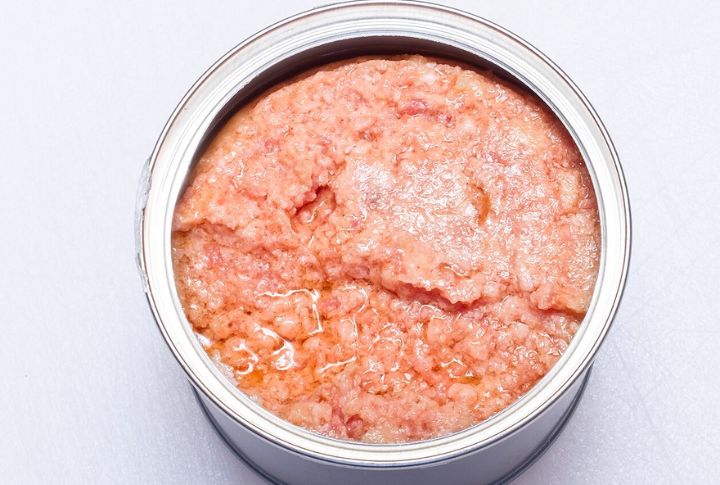
This mushy, pinkish meat paste came in small paper-wrapped tins and was often slapped between slices of white bread. Deviled ham spread was a mix of processed ham, spices, and preservatives. Underwood’s version was the most recognized and had been around for decades.
Popcorn Balls
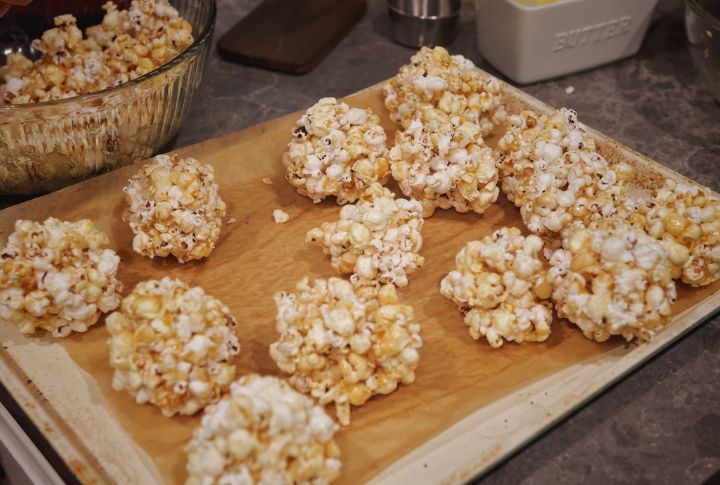
Popcorn balls were sticky, crunchy confections made by binding popcorn with corn syrup or marshmallow. They were often dyed unnatural shades of green and red, but they were tough on teeth and hands alike. By the 1990s, growing awareness of sugar overload and dental damage saw them fade from party favor lists.
Liver And Onions
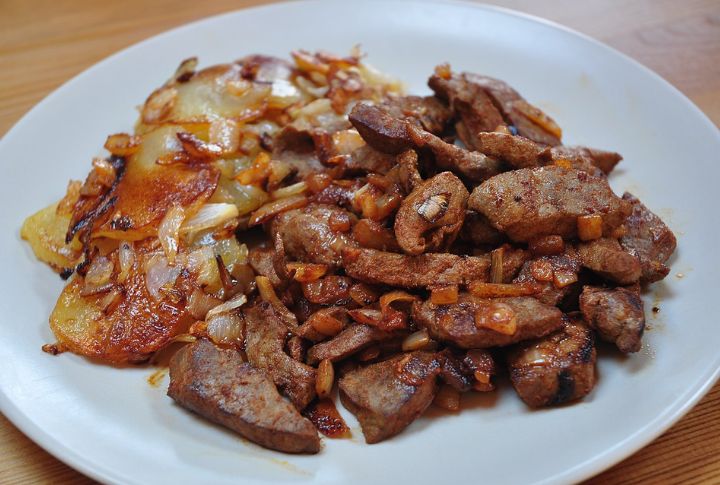
Once considered a hearty, iron-rich dinner, this dish had already started losing favor in the ’80s, but many still endured it. The strong metallic flavor and chewy texture made it a tough sell for younger generations. Beef liver was cheap and nutrient-dense, but also high in cholesterol.
Canned Macaroni And Cheese
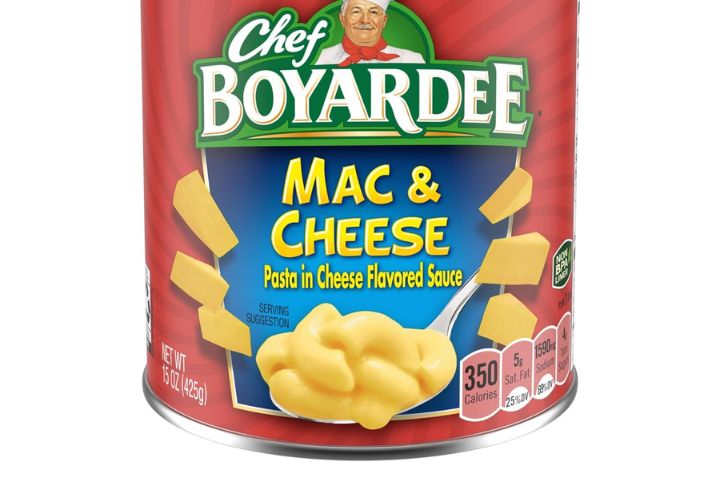
Before the boxed version became the standard, some households turned to canned macaroni and cheese for an ultra-fast dinner. The result was rubbery pasta floating in an oddly tangy, processed sauce. Some kitchens offered it alongside canned ravioli and spaghetti, but few would defend its taste today.
Jell-O With Vegetables
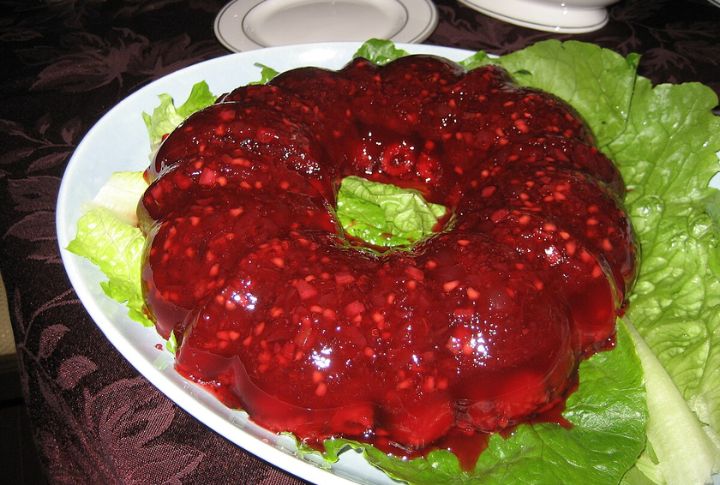
Jell-O wasn’t just a dessert—it was a canvas for creativity. Boomers often mixed it with shredded carrots, celery, or even canned peas, turning it into a sweet-and-savory centerpiece for potlucks and church gatherings. This quirky trend, born in the 1960s, stuck around well into the ’70s, much to the surprise of modern taste buds.
Bacon-Wrapped Chicken Livers
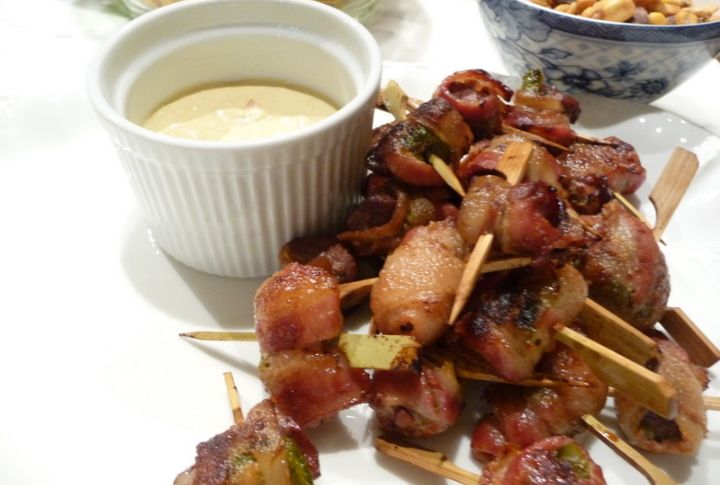
Once a go-to party hors d’oeuvre, these bite-sized snacks paired the bold, iron-rich flavor of the liver with the salty crunch of bacon. They were seen as upscale finger food in their heyday, though many now find the texture and strong taste off-putting. To mellow the flavor, recipes often called for a touch of brown sugar and a quick broil.
Powdered Eggs
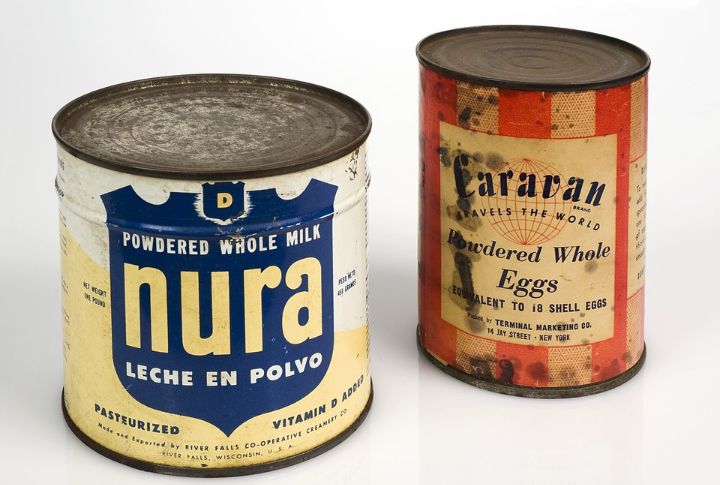
Powdered eggs were originally developed for wartime rations and were still a breakfast fallback in some ’80s households. Rehydrated with water and scrambled, they have a faint chemical aftertaste. Despite their long shelf life, they offered little culinary appeal and were included in surplus food programs well into the decade.
Tuna Noodle Casserole With Crushed Chips
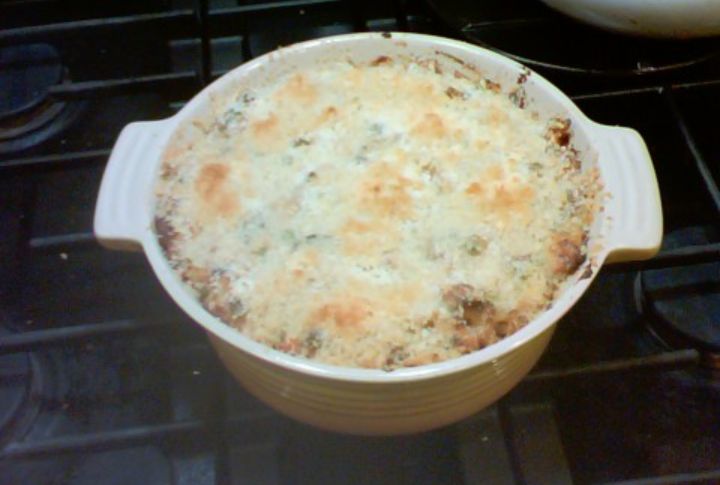
Once a Midwestern favorite, this casserole featured canned tuna, mushroom soup, and too-soft egg noodles. The topping? A layer of crushed potato chips. High in sodium and reliant on processed ingredients, it symbolized the shortcut cooking style of the era.
Canned Fruit Cocktail In Heavy
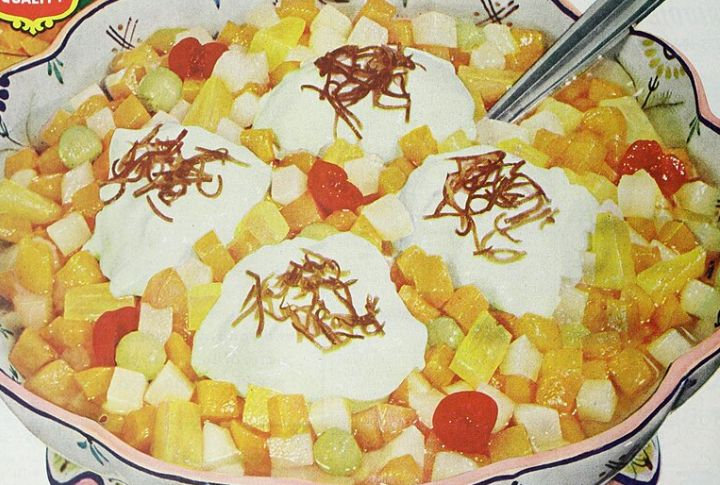
Canned fruit cocktail is drenched in thick syrup and often packed with pale cubes of pears and mushy peaches. The syrup contained more sugar than soda and overwhelmed any natural flavor. It dominated the ‘80s market and was often advertised as “ready to serve.”
Pimento Loaf
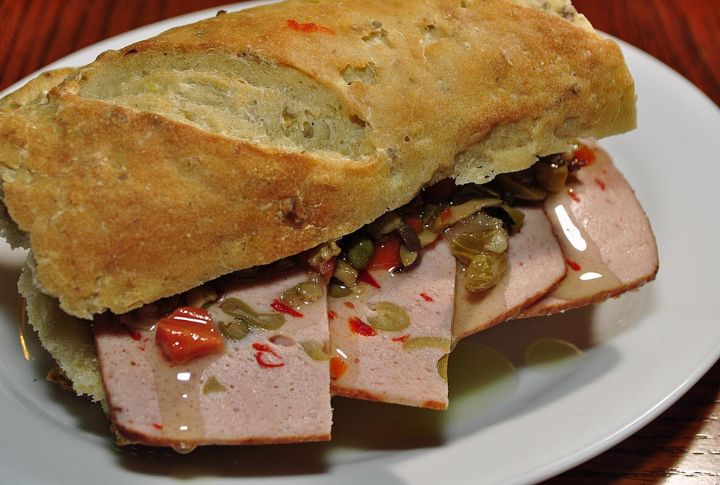
Oscar Mayer was one of the top brands producing the Pimento loaf. A mix of processed lunch meat and diced pimentos, this cold cut was pressed into a pinkish slab and sliced for sandwiches. The loaf often contained filler meats like mechanically separated chicken or pork.
Canned Spaghetti With Cut-Up Hot Dogs
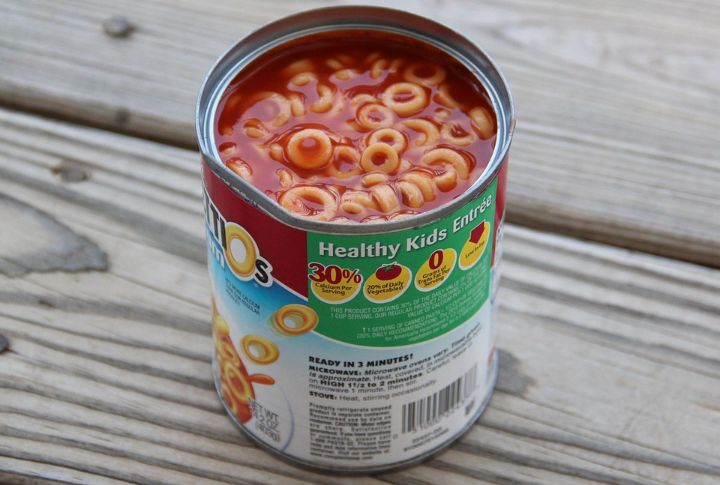
The dish blended limp noodles with sugary tomato sauce and sliced hot dogs. Such a combination appealed to kids but horrified many adults even then. Chefs occasionally released versions with franks already mixed in, and each serving topped 900 mg of sodium.
Marshmallow Salads
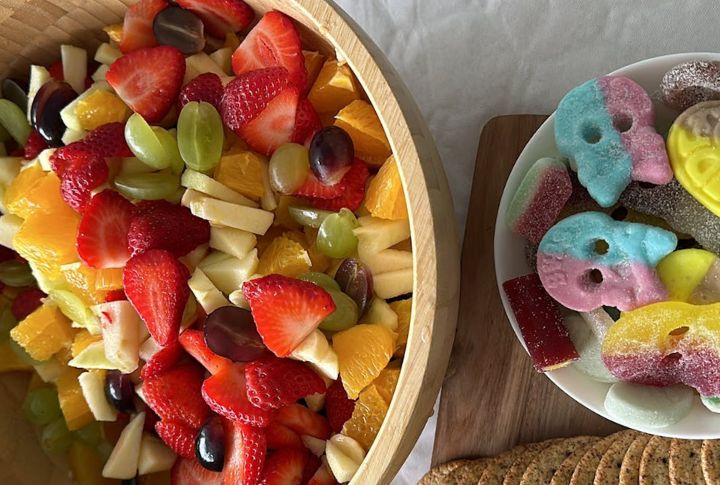
“Ambrosia,” as it is popularly called, combines mini marshmallows and canned fruit. Some variations featured sour cream and sometimes shredded coconut. Served chilled, they were neither quite dessert nor salad, and were popular at church picnics and potlucks. Marshmallow salads also featured canned mandarin oranges and pineapple.
Sugar Sandwiches
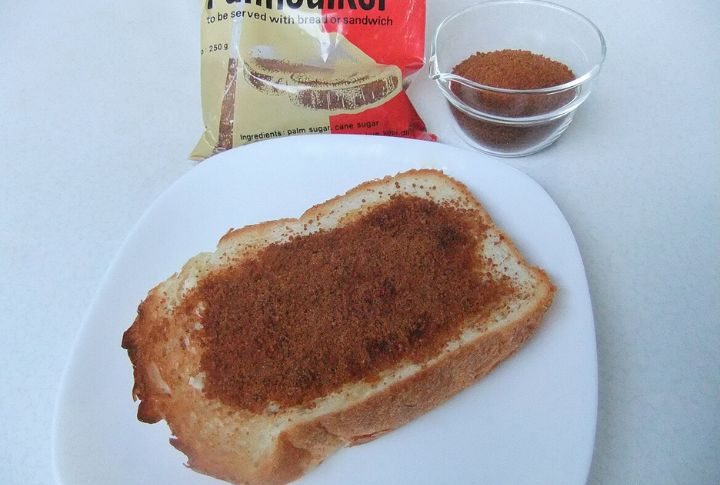
White bread and a heavy sprinkle of white or brown sugar—this Depression-era snack stuck around longer than it should have. Some Boomers recall eating it as an after-school treat in the ’80s, especially in rural communities. While cheap and quick, it offered no nutrition and a sugar crash soon after.
Bologna Cake

This savory “cake” layered bologna slices with cream cheese frosting and was often decorated with olives or pimentos. A party centerpiece in some parts of the U.S., it was more shock food than appetizing dish. The recipe circulated through home economics magazines and appeared in a 1980s community cookbook.
Leave a comment